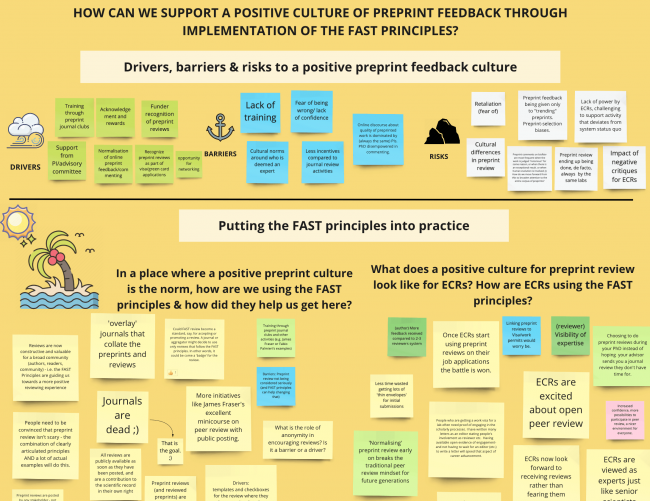Public preprint review as a tool to empower the next generation of socially-conscious peer reviewers
By Rebeccah Lijek and Jessica Polka At the July 21, 2021 #FeedbackASAP meeting, Mugdha Sathe (UW), Rebeccah Lijek (Mount Holyoke), Daniela Saderi (PREreview) organized a breakout session on using public preprint review in teaching and mentorship of early career researchers. Who is a “peer?” The session began with Daniela Saderi leading us in discussion about…










![Yearly preprints/all-papers in Microsoft Academic Graph, trend by domain Yearly preprints/all-papers in Microsoft Academic Graph, trend by domain, reproduced from Xie B, Shen Z, and Wang K 2021 [8]](https://asapbio.org/wp-content/uploads/2021/07/Screenshot-2021-07-01-at-10.03.25-650x422.png)






